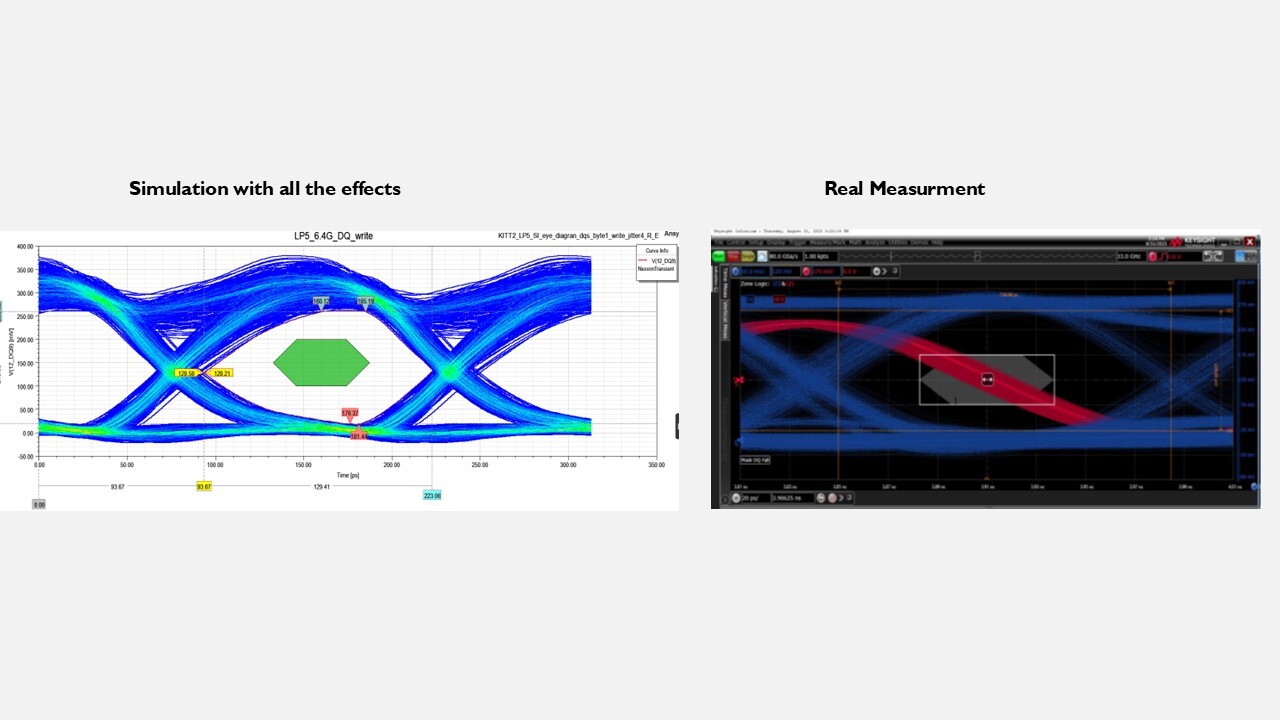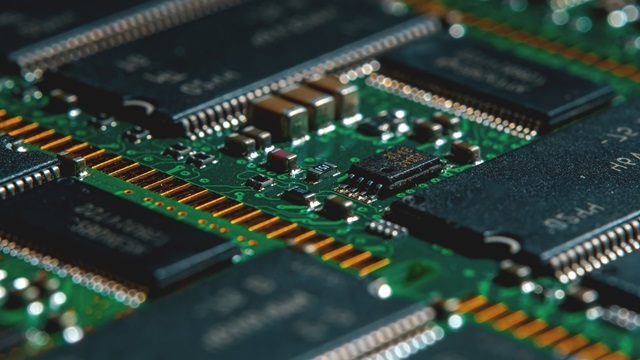RFID Development with Ansys HFSS at Identiv
Klaus Kuboth
06.08.2025
Antennas in transition: From identification to intelligent sensing
Identiv, a global leader in RFID solutions, aims to ensure that IoT technologies benefit not only business and industry but also society and the environment. For Identiv, engineering excellence means focusing on quality, speed, and flexibility—from the initial idea to prototyping to mass production. To achieve this, Identiv relies on a fully digital development process established in collaboration with CADFEM and Ansys simulation tools.
Schalter sind standardisierte Serienprodukte. Das beschriebene Projekt wurde am Schaltwerk des Modells 506U durchgeführt | © JUNG
RFID (Radio Frequency Identification) is a key technology for the Internet of Things (IoT). It enables wireless identification of objects—in logistics, healthcare, or industry. However, demands are growing. In addition to pure identification, sensor functions, tamper resistance, and environmental adaptation are becoming increasingly important.
“We see a clear trend toward customized antenna solutions,” says Jelson Mateus, Senior R&D Project Engineer at Identiv. “Standard solutions are often no longer sufficient—especially for passive RFID tags that are highly sensitive to their environment.”
Tip: Free eLearning module “RF Simulation with Ansys HFSS"
In this course you will learn how to perform radio frequency 3D-Electomagnetic simulation with Ansys HFSS. Test the first eLearning module of this training course for 30 days without any obligation. No costs, no notice period.

How Ansys HFSS Improves Antenna Design at Identiv?
To meet these demands, Identiv uses Ansys HFSS. In collaboration with RF simulation experts from CADFEM, the Identiv team has deeply integrated HFSS into its development process. “HFSS is indispensable for us,” says Mateus. “We simulate every antenna before production. This allows us to detect and solve problems early, saving valuable time during prototyping.”
Previously, antenna design relied on manual calculations and experience—requiring up to six iterations to reach a final product. Today, thanks to HFSS, one or two iterations are usually enough to achieve an optimized design.
Use Case: NFC Antenna on a Syringe
Challenge
- How can an NFC antenna be designed on a cylindrical object like a syringe to function reliably?
Technical Issue
- Standard NFC tags create chaotic magnetic fields on cylindrical objects like syringes, leading to “null zones” → poor readability and unreliable communication.
Solution
- Simulate and optimize antenna geometry
- Adjust current flow to create a uniform magnetic field
- Adapt materials and manufacturing (e.g., adhesives, substrates, IC bonding) to fine-tune resonance frequency
Result
- Optimized antenna generates a strong, uniform magnetic field
- Omnidirectional reading of the syringe, regardless of orientation
- Increased reliability in medical applications (e.g., medication management, patient safety)
Application
- Medical disposables with embedded NFC technology
- Authentication and traceability of medications
- Smart packaging in healthcare
The Development Process at Identiv: Digital, Integrated, Efficient
The entire product development process at Identiv is fully digital and simulation-driven. “We do everything in-house—from design to production,” says Jelson. “Simulation is the backbone of our workflow.”
- Concept phase: Initial requirements and sketches based on customer needs and use cases
- HFSS simulation: Antenna is modeled, simulated, and optimized for electromagnetic performance
- Prototyping: A physical prototype is built and tested based on the simulation
- Optimization loop: Test results feed back into the simulation for targeted adjustments
- Production: After successful validation, mass production begins: IC integration, lamination, final processing
Use Case: Capacitive Sensor
Challenge
- How can mechanical changes (e.g., pressure, movement) be analyzed using RFID/NFC technology?
Technical Solution
- A capacitive sensor detects changes in capacitance between two electrodes.
- When a spring compresses or decompresses, the effective area or distance between electrodes changes → capacitance changes.
- This change can be detected and evaluated via an RFID/NFC system.
Application
- Condition monitoring of mechanical components (e.g., machines, packaging, medical devices)
- Pressure sensors in smart packaging or medical equipment
- Contactless diagnostics via NFC-based capacitance reading
Expanding the Simulation Portfolio: Mechanics, Sensing, Cryptography
In addition to HFSS, Identiv is evaluating other Ansys tools to cover more aspects of product development:
- Ansys Mechanical: for analyzing mechanical stress during production
- Ansys Q3D Extractor: for identifying parasitic effects in complex circuit structures
- Ansys Maxwell: for simulating electromagnetic fields in sensor applications
A special focus is on integrating sensor technology and cryptography into RFID tags. The goal is not only to identify objects, but also to analyze conditions such as temperature, activation, or authenticity—a crucial step toward smarter, more secure IoT components.
About Identiv
The comprehensive RFID-enabled IoT solutions from Identiv create digital identities for physical objects, enhancing global connectivity for businesses, people, and the planet. Their solutions are integrated into over 1.5 billion applications worldwide, driving innovation in healthcare, consumer electronics, luxury goods, smart packaging, and more.
Identiv Products & Components
- RFID tags (LF, HF/NFC, UHF)
- BLE, QR, dual-frequency tags
- Antennas: various sizes, materials, impedance matching
- Chips: different capacitances (e.g., 23.5 pF, 50 pF, 97 pF)
- Cloud platform: for data processing and integration
FAQ-Section
What is RFID and how does it work?
RFID (Radio Frequency Identification) is a technology for wireless object identification. It uses electromagnetic fields to exchange data between a reader and an RFID tag—for example, for product tracking or authentication.
What role does simulation play in antenna design?
Simulation tools like Ansys HFSS allow antennas to be virtually developed and tested before physical production. This saves time, reduces errors, and improves design quality.
How can RFID tags do more than just identify?
Modern RFID tags integrate sensing and cryptography to not only identify objects but also detect states like temperature, pressure, or authenticity—an important step toward intelligent IoT solutions.
Watch now the interview with Jelson Mateus:



